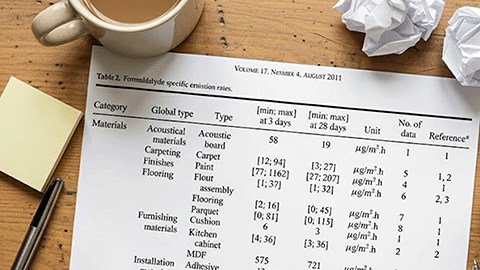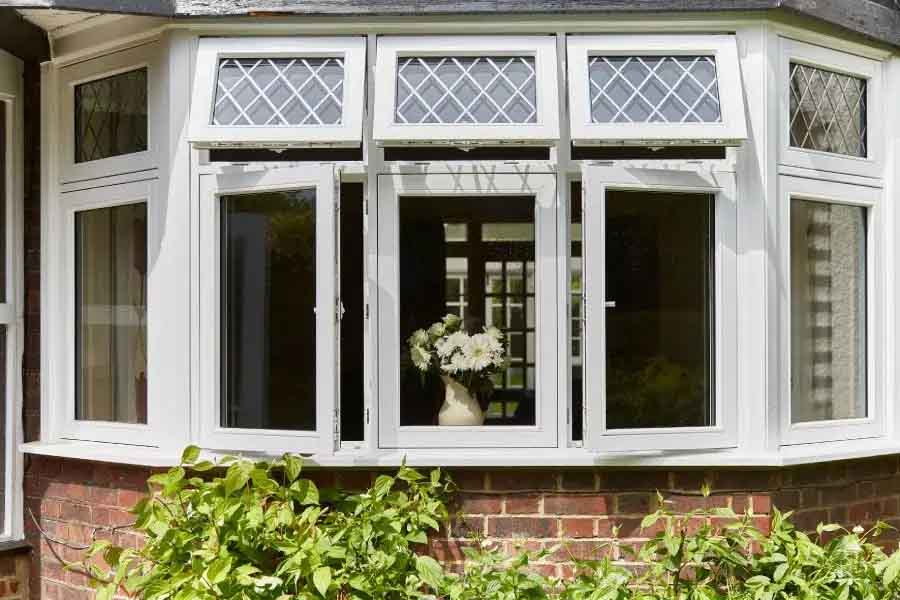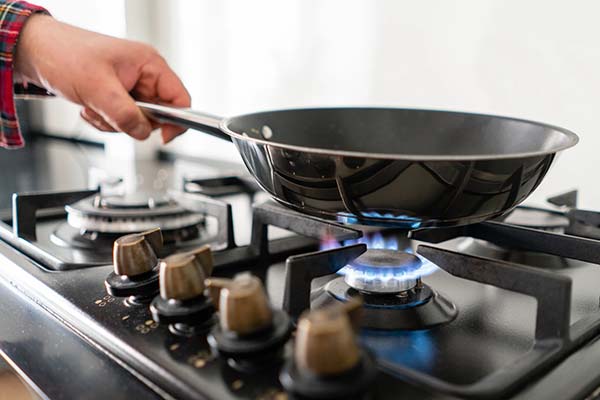A Quick Guide to Post Occupancy Evaluation of Indoor Air Quality
Post-Occupancy Evaluation is the process of assessing indoor air quality (IAQ) in a building after it has been occupied. It involves monitoring and analysing various factors that can affect the quality of the air inside a building where people live or work.
Post-occupancy evaluations provide an opportunity to identify and address any IAQ issues that may have arisen after the building has been occupied. This can help to ensure the well-being and productivity of the occupants, as well as helping to comply with regulatory requirements related to IAQ, while offering an opportunity to gain valuable feedback for future building design and construction projects. These evaluations are important for the continuous improvement of IAQ management practices.
What Post-Occupancy Evaluations should test for:
- Ventilation System Performance: Evaluation of the building's ventilation system to ensure it is effectively delivering fresh air and removing contaminants. This includes assessing the adequacy of air exchanges and filtration.
- Indoor Pollutants: Identification and measurement of indoor pollutants such as volatile organic compounds (VOCs), formaldehyde, carbon monoxide, radon, and other potentially harmful substances.
- Thermal Comfort: Monitoring of temperature and humidity levels to ensure they fall within acceptable comfort ranges, which can impact occupants' perception of IAQ.
- Particulate Matter: Measurement of particulate matter in the air, including dust, pollen, and other fine particles that can affect air quality and respiratory health.
- CO2 Levels: Measurement of carbon dioxide (CO2) levels to assess ventilation effectiveness. High CO2 levels can indicate inadequate fresh air supply.
- Microbial Contaminants: Evaluation for the presence of mould, bacteria, and other microbial contaminants that can thrive in damp or poorly ventilated environments.
- Occupant Feedback: Gathering feedback from building occupants through surveys or interviews to understand their perceptions of indoor air quality, comfort, and any associated health concerns.
- Energy Efficiency: Balancing indoor air quality with energy efficiency to ensure that improvements in IAQ do not compromise the building's energy performance.
- Control Systems: Assessment of the effectiveness of building automation systems in managing and maintaining indoor air quality, including temperature control, humidity control, and air filtration.
- Regulatory Compliance: Verification of compliance with relevant building codes, standards, and regulations related to indoor air quality.
A thorough post-occupancy evaluation of indoor air quality helps identify any issues or concerns that may have arisen since the building's occupancy, allowing for corrective actions to be taken as needed. It's an important step in ensuring the health and well-being of building occupants and optimising the performance of a building's HVAC systems.
A post occupancy evaluation of a building should run for at least a year to account for seasonal variations.
Post-occupancy evaluations are a key component of soft landings. Read more about soft landings here and why they are important for good indoor air quality.






